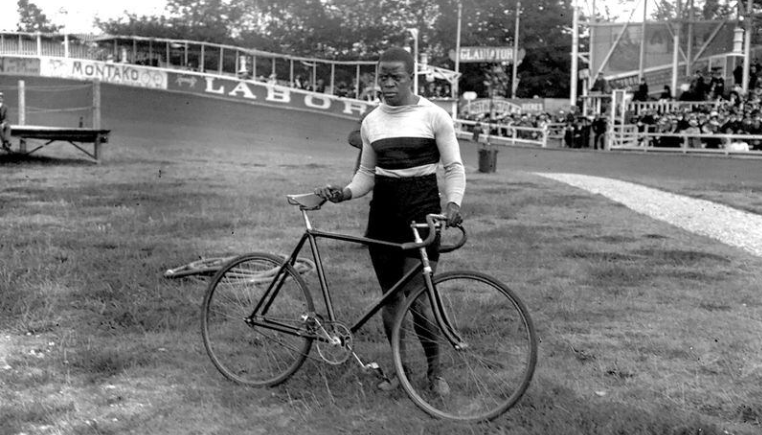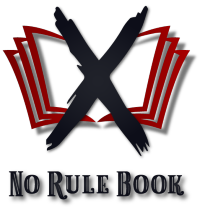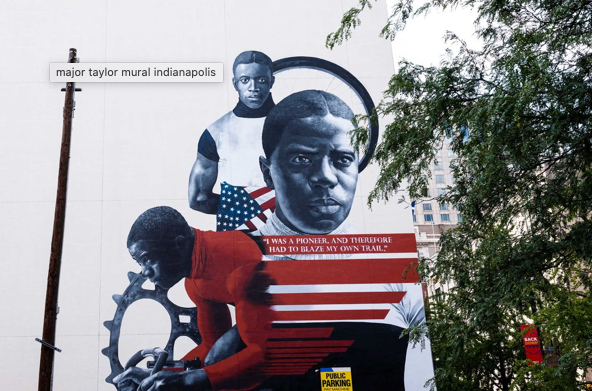On the wall of a tiny American one-room museum in Massachusetts, there’s a black-and-white photo taken in 1901 of a man hunched over his racing bicycle, eyes trained on the photographer. His fingers are clenched over the drop bars, his muscles bulging under his woollen sweater and you can feel the intensity in his gaze.
Today, most people likely have no idea who this man is, but Marshall “Major” Taylor wasn’t just a world champion at a time when cycling was one of the most popular international sports; he was also the first African American sports superstar.Taylor’s unlikely rise to stardom took place at the height of Jim Crow oppression in the United States. Born in 1878, he was raised in Indianapolis, Indiana, the son of a Civil War veteran. As a child, he received a bicycle as a gift and began performing tricks in front of a local bike shop to attract customers. He sought to improve his cycling skills at a local YMCA, but they refused to train him because of the colour of his skin. Undaunted, he started competing in any race that would allow African Americans to compete and showed a precocious talent for short, high-intensity sprints.Taylor soon caught the attention of Louis “Birdie” Munger, a retired penny farthing bicycle racer and entrepreneur. Munger tested how fast Taylor could sprint a single mile and timed him at two minutes and nine seconds – only two seconds behind the world record in 1893. Munger became Taylor’s mentor, sponsor and coach. In 1895, Munger invited a young Taylor to live in Worcester, Massachusetts, where Munger had opened a new bicycle factory. Unlike in Indianapolis, Taylor was allowed to join the YMCA in this more-progressive community, and it was here where he began training in earnest. He lived in Worcester most of his life, from 1895 to 1930, and became known locally as ‘The Worcester Whirlwind.’ However there were still obstacles, such as white neighbours’ objections when Taylor bought a house in Worcester. But ultimately, Taylor made a comfortable home in Worcester, and Worcester remains justifiably proud that a local resident became an international sports superstar.
Taylor became a legend in his day, winning countless track races and smashing world records. A devout Christian, Taylor cultivated a straight-edge personality, abstaining from alcohol and tobacco and refusing to compete on Sundays. Even by today’s modern racing standards, his stats remain astonishing. In 1898, for example, he sprinted 1km in 57.6 seconds – the current record set by Dutch cyclist Jeffrey Hoogland is 55.433 seconds.
Still, Taylor faced unending hostility in his home country. In 1885, the US League of American Wheelmen (now known as the League of American Bicyclists) attempted to ban Black people. Newspapers published mocking caricatures of Taylor, and when he was allowed to compete, brass bands would play “Dixie” (which originated with racist minstrel shows in the 1850s and became the de facto anthem of the Confederacy during the US Civil War) when his name was announced. Advertisements framed Taylor’s races as a battle between Black and white athletes, and opponents routinely used vicious tactics on the track, attempting to trap him in a group or dangerously upend his bike. During one race in Taunton, Massachusetts, a white racer pulled Taylor from his bike and choked him into unconsciousness.As Jim Crow-era racial segregation intensified at the turn of the 20th Century, hotels and restaurants across the US refused to serve Taylor. As a result, promoters invited the athlete to race in Canada, Europe and Australia, where the press welcomed him and spectators packed the stands. Taylor helped popularise the safety-bicycle, the modern alternative to the dangerous penny farthings that preceded them. Yet, his breakneck racing schedule put a strain on his health and marriage, and sports writers scrutinised his every move.Like many athletes, Taylor faded into obscurity after retiring in 1910. A passionate writer, Taylor composed a 600-page memoir but failed to find a publisher, and lost money after deciding to self-publish it. Many of his pursuits, such as a degree in engineering and reinvention as a car salesman, petered out over time. Taylor moved to Chicago at the onset of the Great Depression and eventually died in 1932, penniless and forgotten. He was only 52 years old.
His story remained an obscure footnote until 1988 when author Andrew Ritchie revived interest in the athlete by writing the book Major Taylor: The Extraordinary Career of a Champion Bicycle Rider. The book helped propel Taylor to be inducted into the US Bicycling Hall of Fame in 1989. It also inspired the creation of The Major Taylor Association in Worcester to “recognize sportsmanship, promote nonviolence, and care for those less fortunate”. The Association erected a statue of Taylor in 2008 which now stands in front of the Worcester Public Library, just down the street from the one-room museum dedicated to him.
“Since the statue effort began, Major Taylor cycling clubs have sprouted across the country, with a few overseas,” said Tolman. “More than 80 cycling clubs, many of them named for Major Taylor, have supported the Major Taylor Association’s efforts financially. The clubs are the organisation’s ambassadors, helping to educate people in their communities about the champion’s life and legacy.”
Truely an amazing sportsperson with tremendous courage and determination by not allowing the rules of the time to dampen his desire and dreams.
The Unwritten Rules He Refused to Follow
In Taylor’s time, society enforced countless “invisible laws” — many of which weren’t written down but were brutally upheld:
“Black athletes don’t belong in elite competition.”
“Know your place.”
“You can’t beat a white man at his own game.”
“Don’t challenge authority — just be grateful to compete.”
Taylor shattered all of these.
He didn’t just break cycling records — he broke cultural rules that had kept generations confined.
That’s the heart of the No Rulebook philosophy:
When society hands you a script, you don’t read it — you rewrite it.
How Major Taylor Embodied the NoRuleBook Philosophy
| No Rulebook Principle | How Major Taylor Lived It |
|---|---|
| 1. Refuse to accept the “norm” as truth | The “norm” said Black athletes couldn’t compete internationally. Taylor refused that false boundary and became a world champion in 1899. |
| 2. Turn exclusion into motivation | He wasn’t invited to certain races. So he created opportunities elsewhere — winning abroad and earning global fame. |
| 3. Live by principle, not popularity | He stayed calm and dignified in the face of racism, refusing to retaliate violently even when assaulted. His strength was internal, not reactive — a higher form of rebellion. |
| 4. Redefine what success looks like | Success wasn’t just medals. It was proving that excellence has no color, no limits, and no rulebook. |
| 5. Write your own narrative | While the world tried to define him as a novelty or exception, Taylor defined himself as proof that greatness knows no rules. |
Lessons We Can Learn from Major Taylor :
Don’t let invisible rules decide your potential.
Many of the limits in our lives exist only because others believe in them.Dignity is a revolutionary act.
You don’t need to shout to defy — sometimes composure is the loudest protest.Redefine “winning.”
Real victory isn’t just success — it’s success on your own terms.Create your own permission.
Taylor didn’t wait for inclusion; he made his own seat at the table and proved he belonged.Your example can rewrite others’ rules too.
His courage reshaped the mental rulebook for countless athletes who followed.
In short :
Marshall “Major” Taylor didn’t just ride faster —
he rode beyond the limits of his time.
His life is proof that freedom begins when you stop obeying the rules designed to contain you.
That’s the beating heart of NoRuleBook —
where every act of authenticity, courage, and defiance writes a new chapter in what’s possible.



